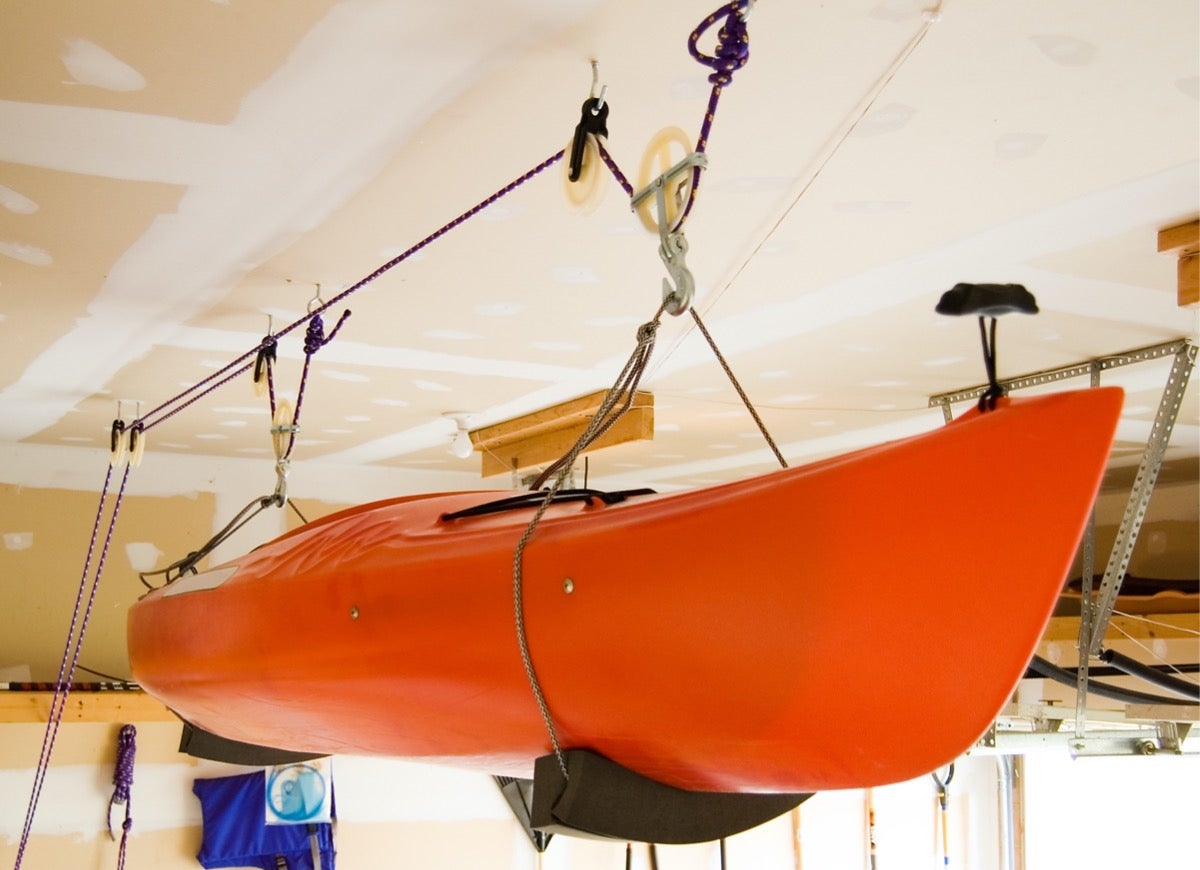

Articles
How To Store Kayak In Garage
Modified: January 21, 2024
Learn the best techniques for storing your kayak in the garage with these helpful articles. Protect your investment and keep your kayak safe and secure.
(Many of the links in this article redirect to a specific reviewed product. Your purchase of these products through affiliate links helps to generate commission for Storables.com, at no extra cost. Learn more)
Introduction
Storing a kayak in your garage can be a convenient and practical solution, especially if you don’t have access to a dedicated outdoor storage space. Properly storing your kayak will not only protect it from damage but also help maximize the available space in your garage. In this article, we will guide you through the step-by-step process of storing your kayak in the garage, ensuring it remains safe and well-preserved.
Before we delve into the specifics of storing your kayak, it’s important to note that your garage should provide a suitable environment for kayak storage. Ideally, the garage should be dry, well-ventilated, and free from extreme temperature fluctuations. If your garage doesn’t meet these criteria, you may need to consider alternative storage options such as an outdoor shed or a storage facility.
With that said, if your garage meets the necessary conditions, let’s explore the steps you can take to properly store your kayak:
Key Takeaways:
- Maximize garage space by decluttering and using efficient storage methods like vertical racks or ceiling hoists. Proper maintenance ensures your kayak remains in top condition for your next adventure.
- Create a dedicated area for your kayak in the garage, ensuring it’s easily accessible and well-protected. Choose the right storage method and secure the kayak to prevent damage and accidents.
Read more: How To Store A Kayak
Step 1: Clearing out space in the garage
The first step in storing your kayak in the garage is to create enough space to accommodate its size. Begin by decluttering and organizing your garage. Remove any unnecessary items, such as old sports equipment, unused furniture, or boxes of items that can be stored elsewhere. This will free up space and make it easier to maneuver your kayak in and out of the garage.
Once you have decluttered, consider rearranging any remaining items to maximize the available space. Install shelving units or hooks on the walls to hang smaller items, such as paddles or life jackets, and free up floor space. By organizing your garage efficiently, you’ll create a dedicated area for your kayak and ensure it’s easily accessible when you need it.
If you find that you still don’t have enough space, consider options such as wall-mounted kayak storage racks or hoists. These solutions can help lift the kayak off the ground, allowing you to utilize overhead space effectively. Just ensure that the chosen storage method is stable and can support the weight of your kayak securely.
By clearing out space in your garage, you’ll create a designated area for your kayak and ensure it is easily accessible for storage and retrieval.
Step 2: Choosing a storage method
When it comes to storing your kayak in the garage, there are several storage methods to consider. The choice of method depends on the available space in your garage, the size and shape of your kayak, and personal preferences. Let’s explore some common storage options:
1. Vertical storage racks: Vertical racks are an efficient and space-saving way to store your kayak. These racks typically consist of padded arms or hooks that hold the kayak in an upright position against a wall. Vertical storage racks are ideal for garages with limited floor space.
2. Ceiling hoists: Ceiling hoists are an excellent choice if you want to store your kayak overhead. These hoists feature ropes and pulleys that allow you to lift and lower your kayak with ease. Ceiling hoists are particularly useful if you have a high ceiling and want to maximize the available space in your garage.
3. Wall-mounted brackets: Wall-mounted brackets provide a secure and convenient storage option. These brackets are installed on the wall, and the kayak rests horizontally on the brackets. Wall-mounted brackets are suitable for garages with enough wall space to accommodate the length of your kayak.
4. Freestanding racks: If you prefer not to mount anything on your walls or ceiling, freestanding storage racks are a great alternative. These racks are designed to hold the kayak horizontally and can be easily moved around as needed. Freestanding racks are an excellent option if you have adequate floor space in your garage.
Consider the pros and cons of each storage method and choose the one that best suits your garage space and personal preferences. Additionally, ensure that the storage method you select can properly support the weight and size of your kayak to prevent any potential damage.
Once you have chosen a storage method, you can proceed to the next step of installing kayak storage hooks or straps in your garage.
Step 3: Installing kayak storage hooks or straps
After you’ve cleared out space in your garage and chosen a suitable storage method for your kayak, it’s time to install the necessary hooks or straps to secure your kayak in place.
For vertical storage racks or wall-mounted brackets, you’ll need to install hooks on the wall or brackets at appropriate intervals to support the weight of the kayak. It’s important to choose strong and durable hooks or brackets that can safely hold the weight of your kayak. Make sure to follow the manufacturer’s instructions for installation and use any necessary hardware (such as screws or anchors) to ensure a secure attachment.
If you’ve opted for a ceiling hoist system, you’ll need to install the pulleys and rope or straps according to the manufacturer’s guidelines. Ensure that the hoist is securely mounted to the ceiling joists or other structural supports in your garage. Test the hoist system to make sure it operates smoothly and can handle the weight of your kayak before proceeding.
For freestanding racks, there is usually no installation required. However, it’s a good idea to check the stability of the rack and make any necessary adjustments or modifications to ensure that it can securely hold your kayak.
Remember to position the hooks or straps at an appropriate height and distance apart to accommodate the size and shape of your kayak. The goal is to have the kayak securely held in place without putting any strain on the hull or other vulnerable areas.
By properly installing kayak storage hooks or straps, you will ensure that your kayak is securely held in place during storage, minimizing the risk of damage or accidents.
Consider installing wall-mounted kayak racks in your garage to save space and keep your kayak safely stored. Make sure the racks are sturdy and properly installed to support the weight of the kayak.
Step 4: Positioning the kayak for storage
Now that you have installed the necessary hooks or straps for your chosen storage method, it’s time to position your kayak for storage. Proper positioning will not only ensure the kayak fits securely in the designated space but also helps in maintaining its shape and integrity over time.
When positioning your kayak, make sure that it is aligned properly and sits evenly on the hooks or straps. Avoid placing excessive pressure or stress on any particular area of the kayak. If your storage method allows for it, consider placing foam padding or cushions between the kayak and the hooks or straps to provide extra support and prevent any potential scratches or damage.
If you’re using a vertical storage rack or wall-mounted brackets, position the kayak in such a way that it is balanced and doesn’t tilt to one side. Ensure that the kayak is centered on the hooks or brackets and doesn’t exert excessive pressure on any specific part of the hull.
For ceiling hoist systems, carefully lift the kayak off the ground and position it between the straps or ropes, ensuring that it is evenly distributed. Avoid twisting or turning the kayak excessively during this process to prevent any strain on the hull or other components.
If you’re using a freestanding rack, place the kayak horizontally onto the rack, making sure it is centered and supported evenly along its length. Double-check that the kayak is stable and doesn’t wobble or shift when touched.
Proper positioning of your kayak during storage will ensure that it remains stable, secure, and protected from any potential damage while in the garage.
Read more: How To Store A Kayak Vertically
Step 5: Securing the kayak in the garage
Once you have positioned your kayak for storage, it’s important to take additional measures to secure it in place. This step is crucial to prevent any accidents or movement that could potentially damage the kayak or cause injuries.
If you’re using vertical storage racks or wall-mounted brackets, make sure to secure the kayak by attaching straps or bungee cords around it. These straps will provide an extra layer of stability and prevent the kayak from accidentally sliding or falling off the hooks or brackets.
For ceiling hoist systems, ensure that the kayak is securely fastened to the straps or ropes. Double-check that the straps or ropes are tightened properly and can support the weight of the kayak without any strain or slippage. This will ensure that the kayak remains suspended safely in the air.
If you’ve chosen a freestanding rack, check for any built-in straps or clips that can be used to secure the kayak in place. If not, consider using additional straps or bungee cords to tie the kayak to the rack and prevent any movement or instability.
Regardless of the storage method you’ve chosen, it’s essential to regularly inspect the kayak and the securing mechanisms to ensure everything remains intact and tight. Over time, straps or cords may wear out or become loose, so it’s important to replace them if needed.
By properly securing your kayak in the garage, you’ll have peace of mind knowing that it is safely stored and protected from any potential accidents or damage.
Step 6: Maintaining the kayak during storage
Proper maintenance is essential to ensure the longevity and performance of your kayak, even while it is in storage. Although the kayak may not be in use, certain precautions should be taken to prevent any deterioration or damage over time.
Firstly, it’s important to keep your kayak clean and dry. Before storing it in the garage, thoroughly wash off any dirt, saltwater, or debris from the kayak’s surface. Use mild soap and water to gently scrub away any stains or grime. Once clean, allow the kayak to dry completely to prevent the growth of mold or mildew during storage.
It’s also a good idea to inspect the kayak for any signs of damage or wear. Check for any cracks, dents, or scratches that may have occurred during use. Address any repairs or maintenance needs before storing the kayak to prevent further damage or deterioration.
If your garage is prone to high humidity or extreme temperature fluctuations, consider using a kayak cover or tarp to provide an additional layer of protection. These covers will shield the kayak from dust, moisture, and potential UV damage. Ensure that the cover is securely fastened and doesn’t restrict air circulation, as this can contribute to humidity buildup.
Additionally, periodically check on your kayak during storage. Inspect it for any signs of pests or rodents that may have made their way into the garage. Address any infestation issues promptly to prevent damage to the kayak’s structure or materials.
Finally, if your garage is not well-insulated, consider placing a desiccant or moisture absorber near the kayak to minimize moisture buildup. This will help prevent any potential damage from condensation or excessive humidity.
By properly maintaining your kayak during storage, you’ll ensure that it remains in optimal condition and is ready for your next adventure when you’re ready to hit the water.
Conclusion
Storing your kayak in the garage can be a practical and convenient solution, allowing you to protect your kayak and maximize your available space. By following the step-by-step process outlined in this article, you can properly store your kayak and ensure its longevity for many seasons to come.
Start by clearing out space in your garage and organizing it to create a dedicated area for your kayak. Choose a suitable storage method based on your garage space and personal preferences, such as vertical storage racks, ceiling hoists, wall-mounted brackets, or freestanding racks.
Once you’ve chosen a storage method, install the necessary hooks or straps securely to support the weight of your kayak. Position the kayak carefully, ensuring that it is centered and evenly balanced. Secure the kayak with straps, bungee cords, or other means to prevent any accidental movement or damage.
Remember to regularly inspect and maintain your kayak during storage. Keep it clean and dry, address any repairs or maintenance needs, and consider using a kayak cover or tarp to protect it from dust, moisture, and UV damage. Check on your kayak periodically and address any potential pest or rodent issues to ensure its integrity.
By following these guidelines, you can confidently store your kayak in the garage, knowing that it is well-protected and ready for your next paddling adventure. Proper storage and maintenance will ensure that your kayak remains in excellent condition and provides you with countless hours of enjoyment on the water.
Frequently Asked Questions about How To Store Kayak In Garage
Was this page helpful?
At Storables.com, we guarantee accurate and reliable information. Our content, validated by Expert Board Contributors, is crafted following stringent Editorial Policies. We're committed to providing you with well-researched, expert-backed insights for all your informational needs.
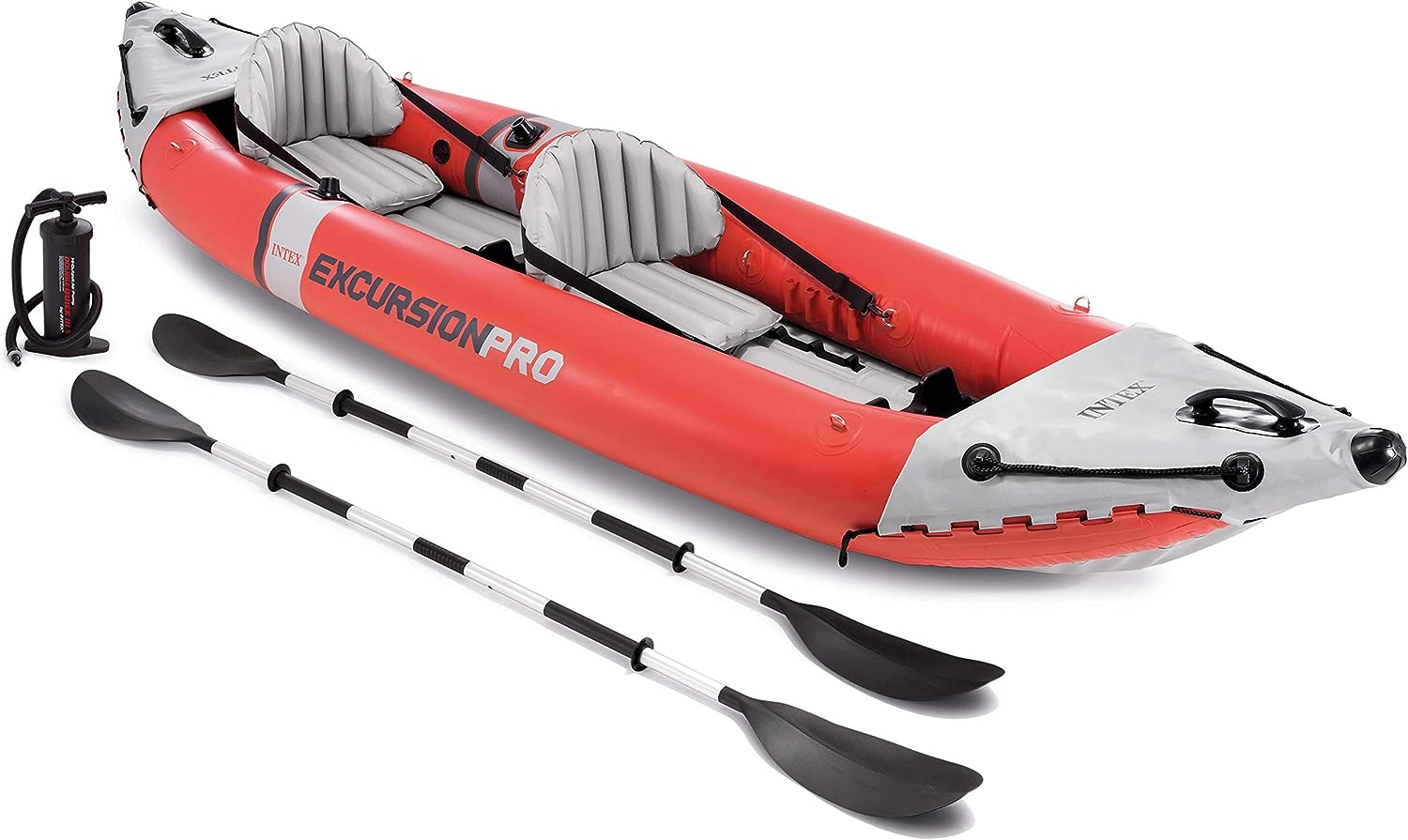
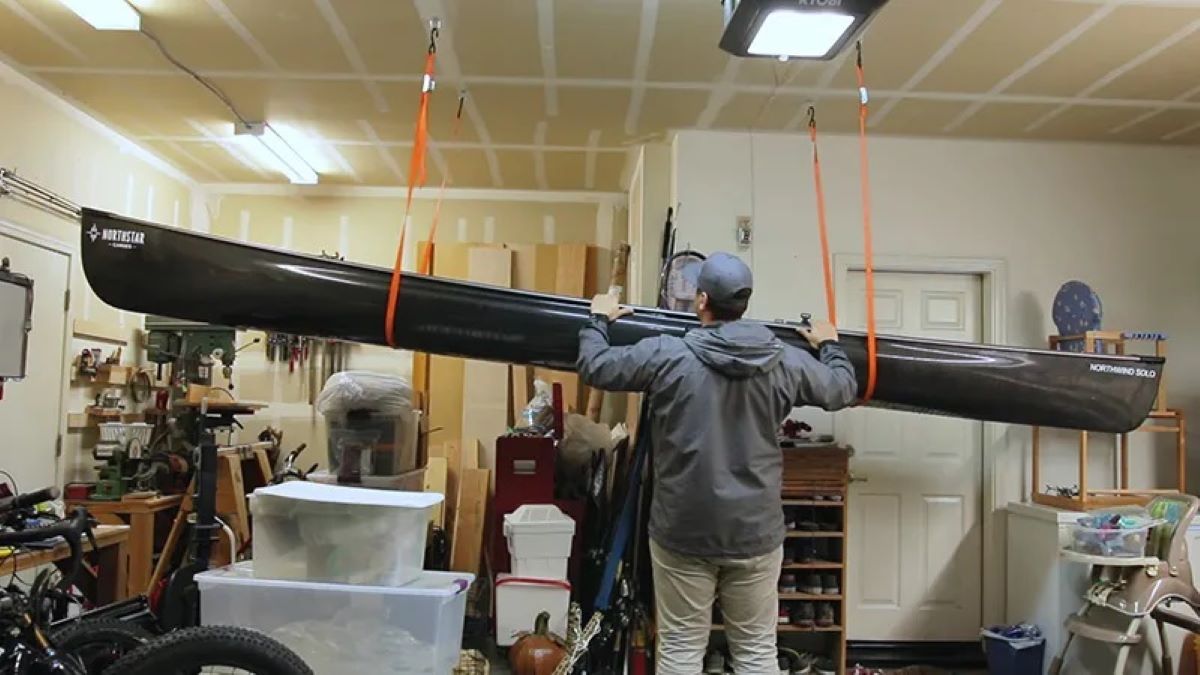
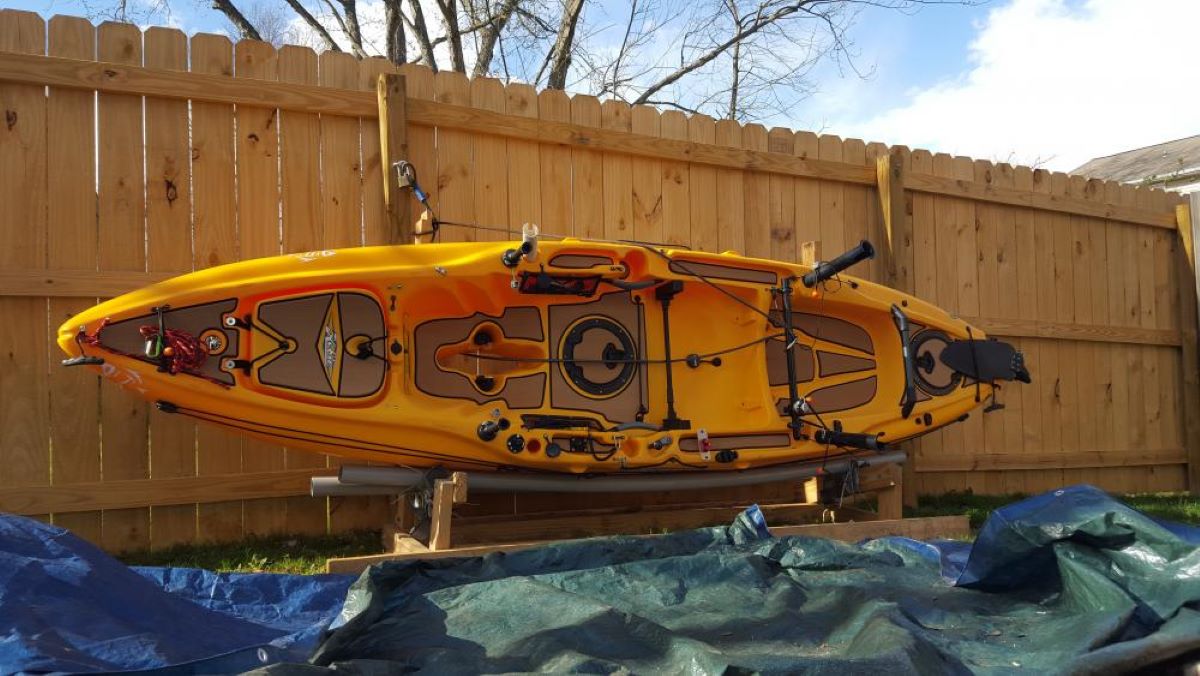

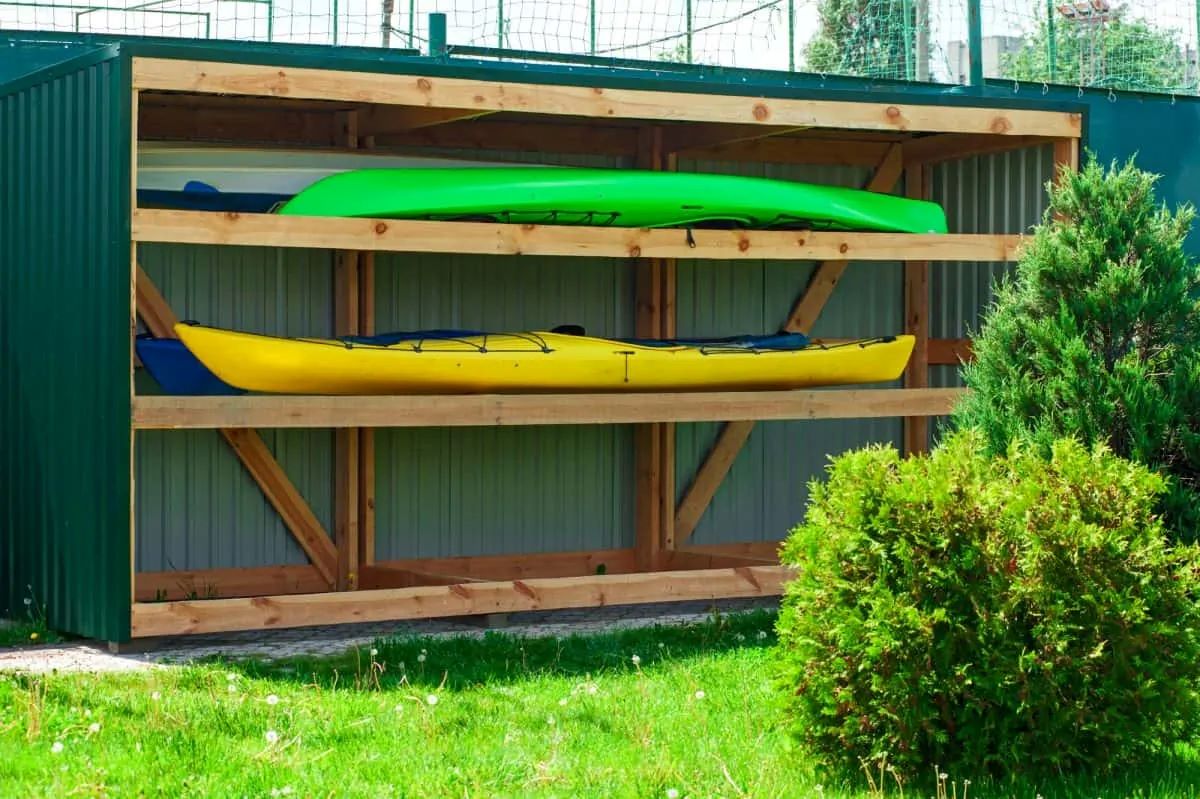
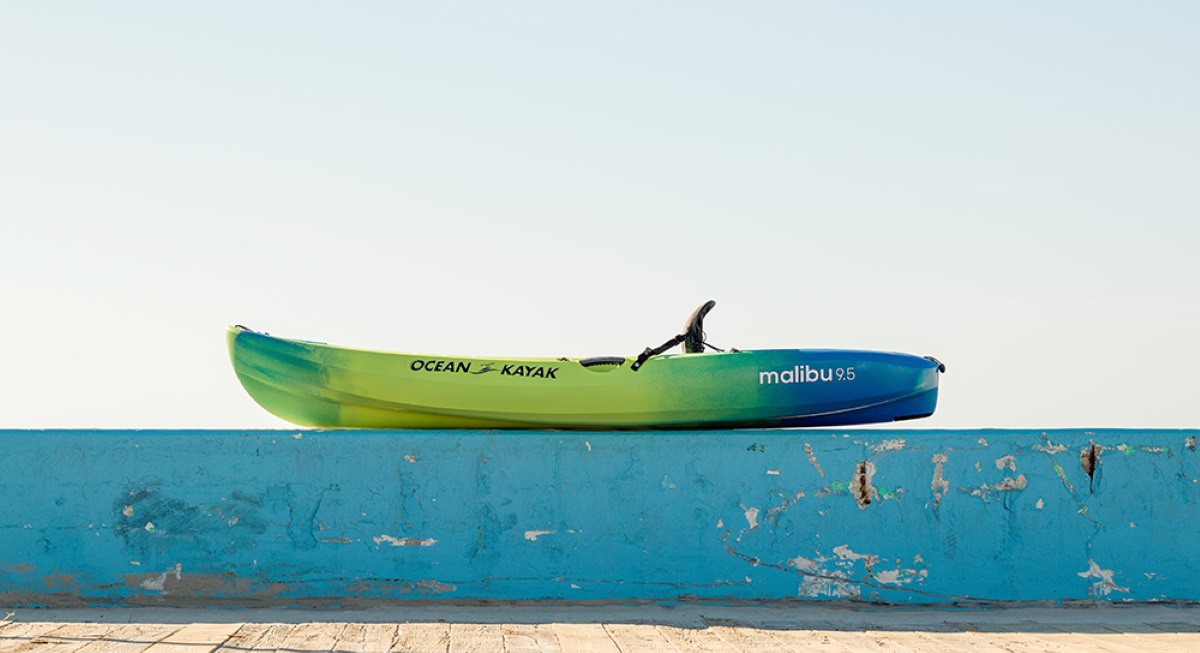
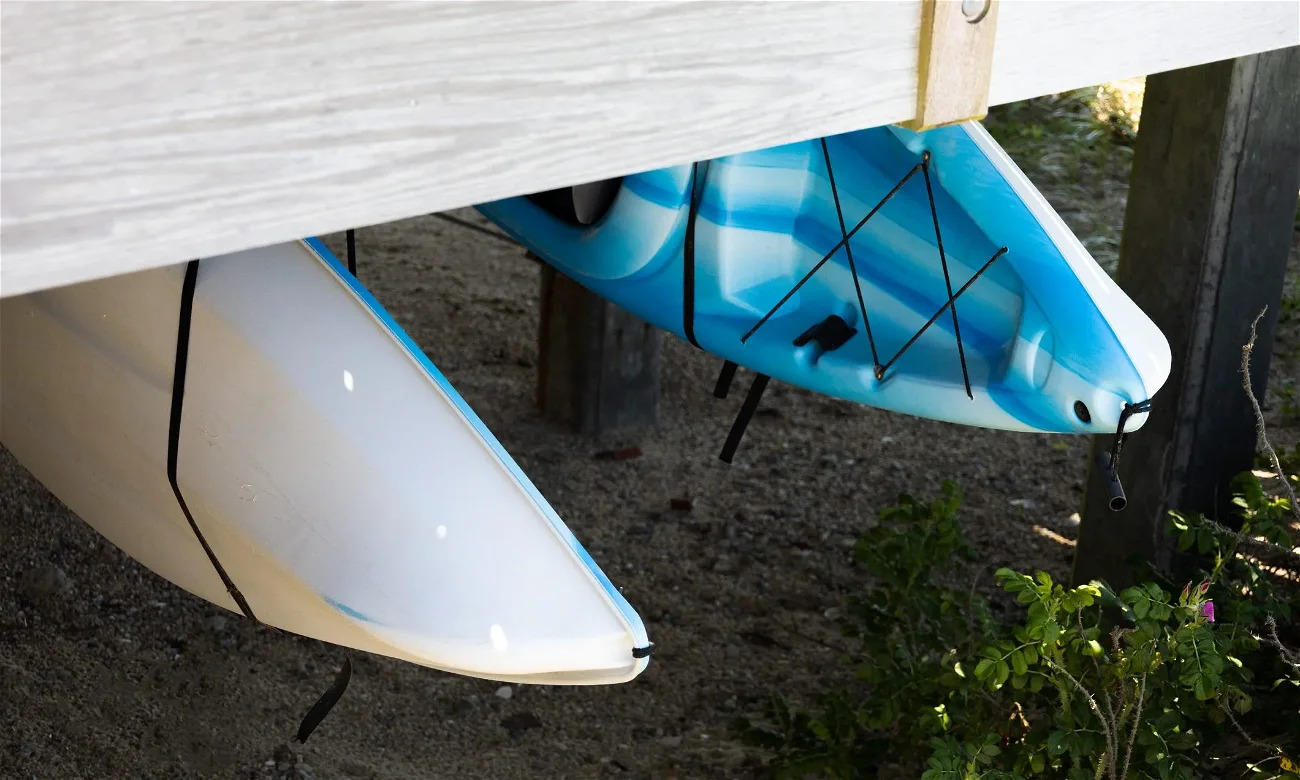
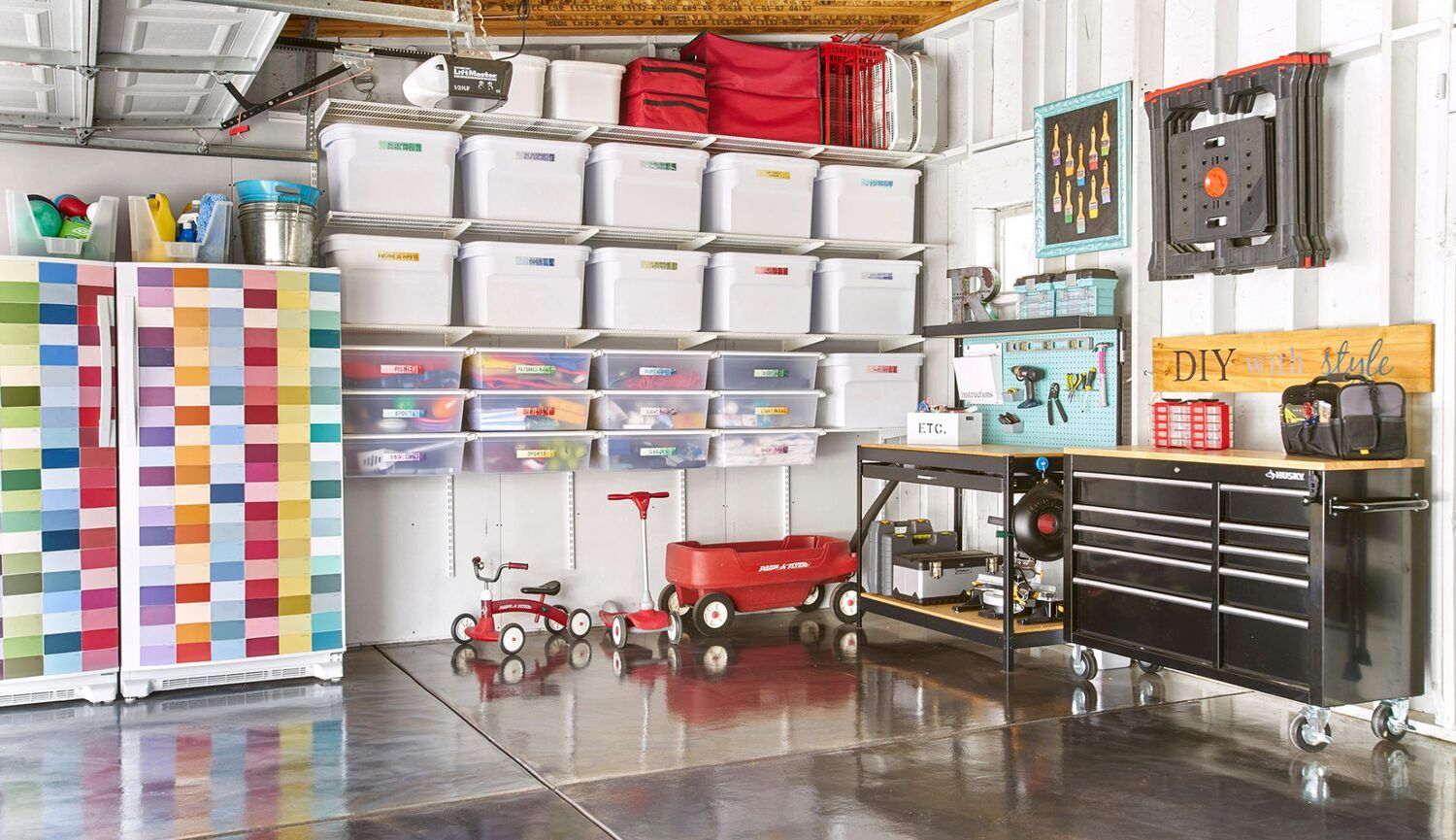
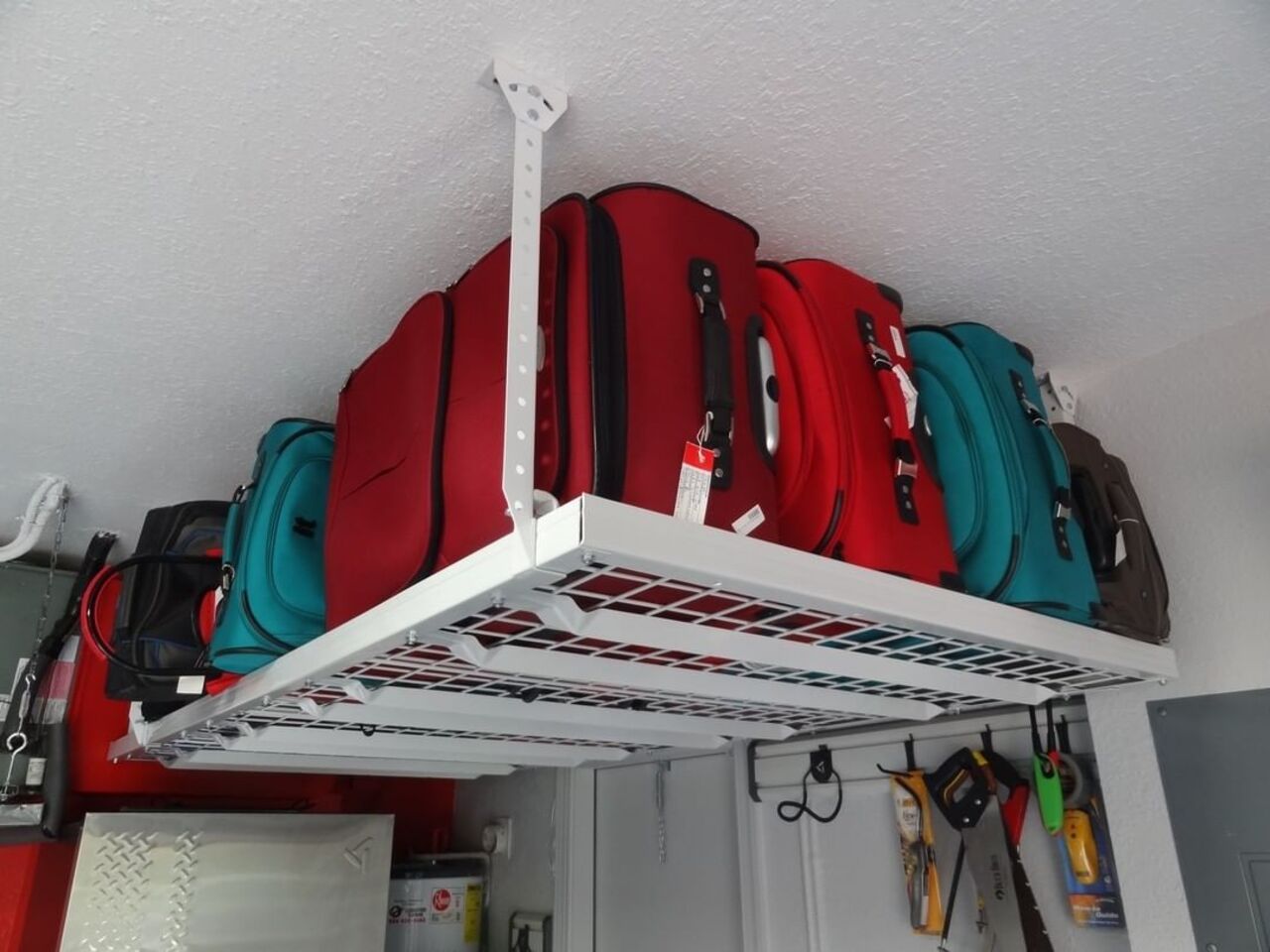
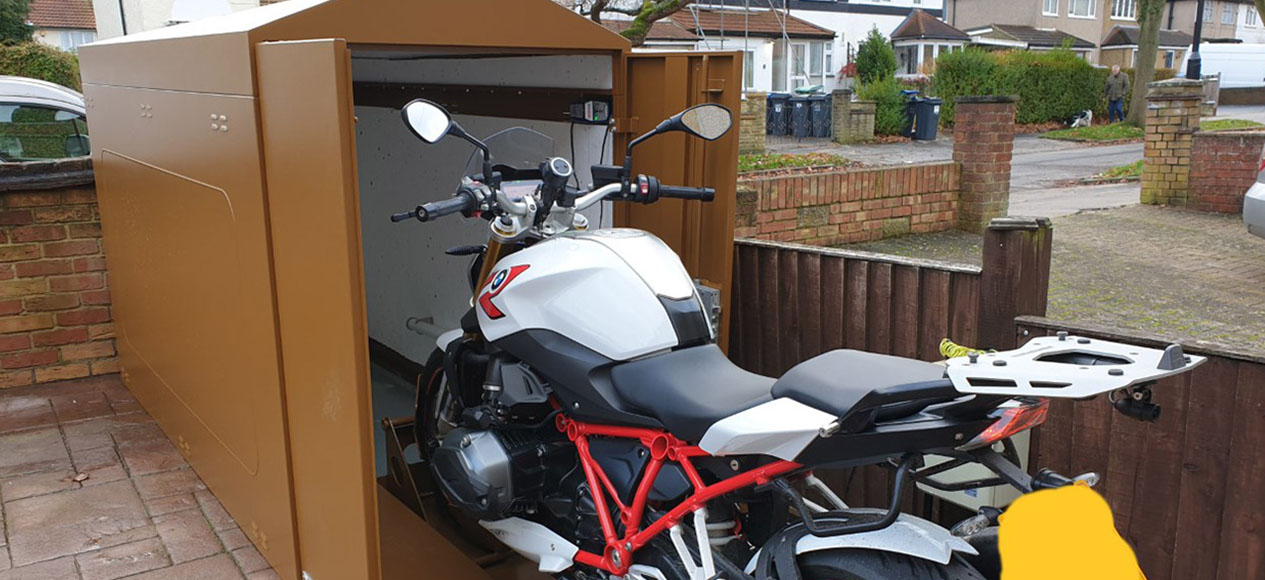
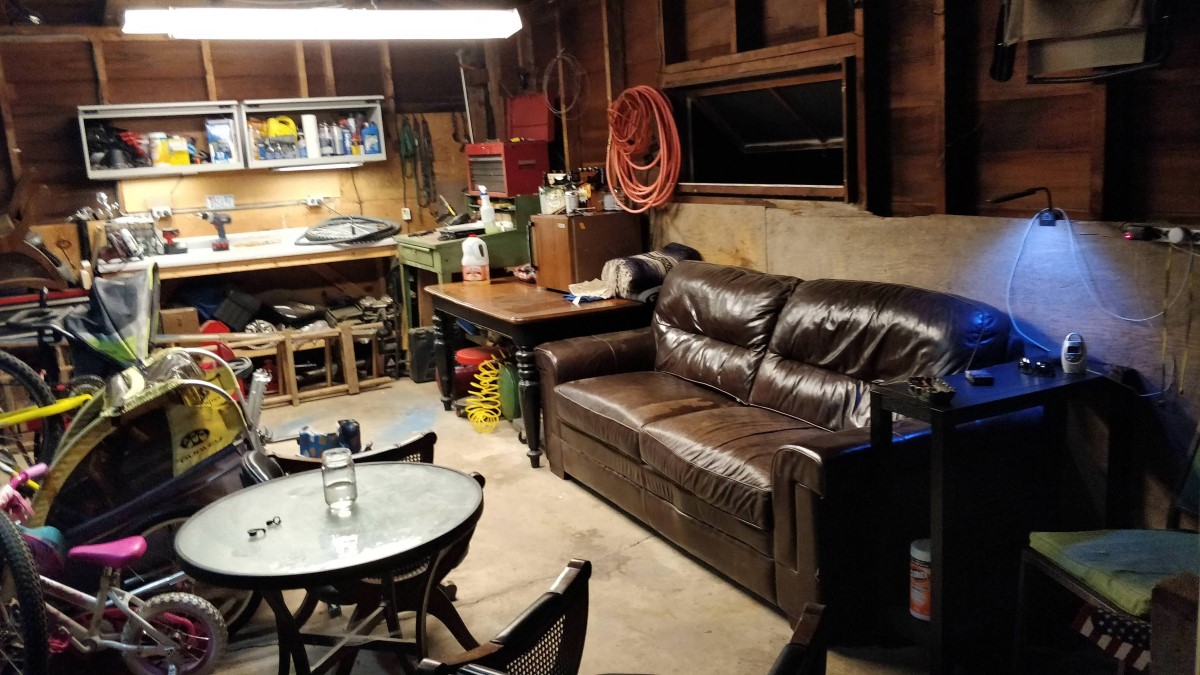
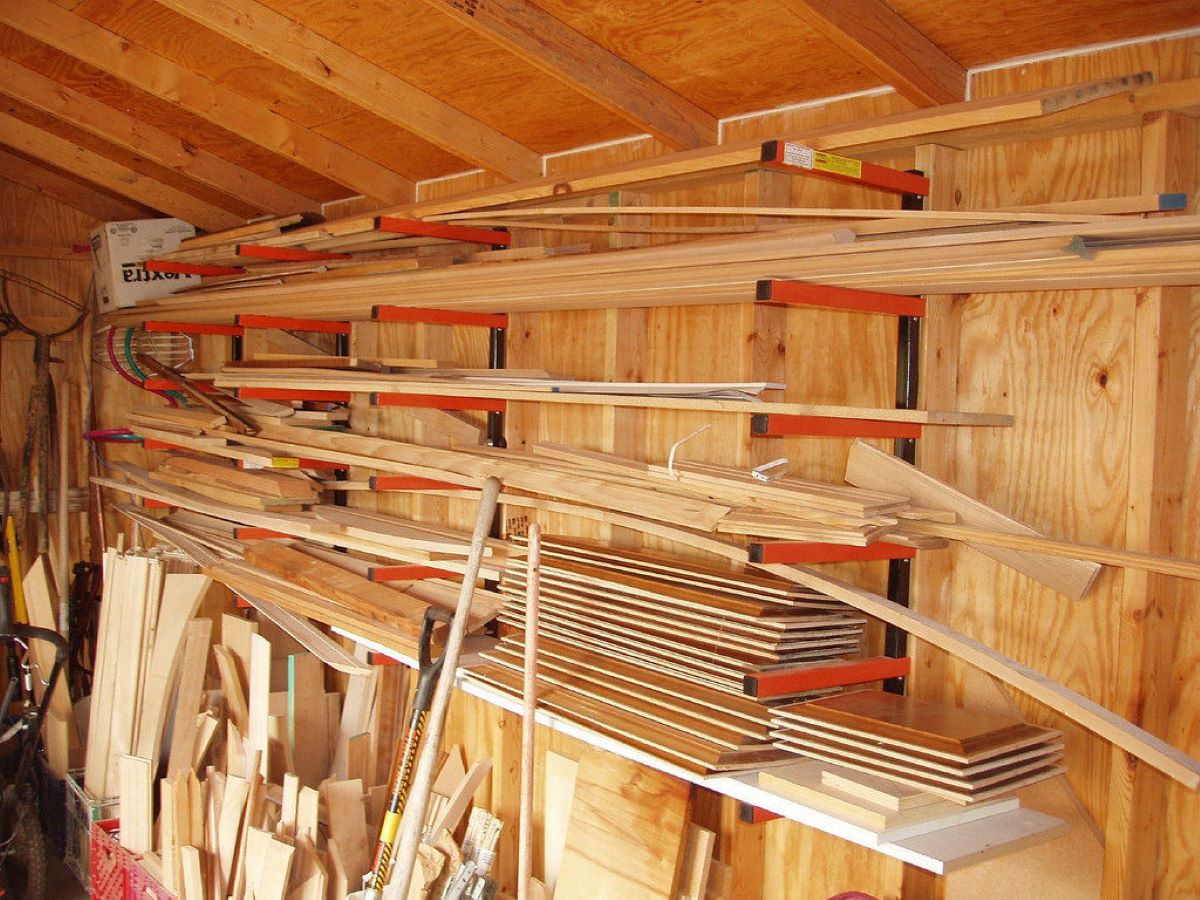
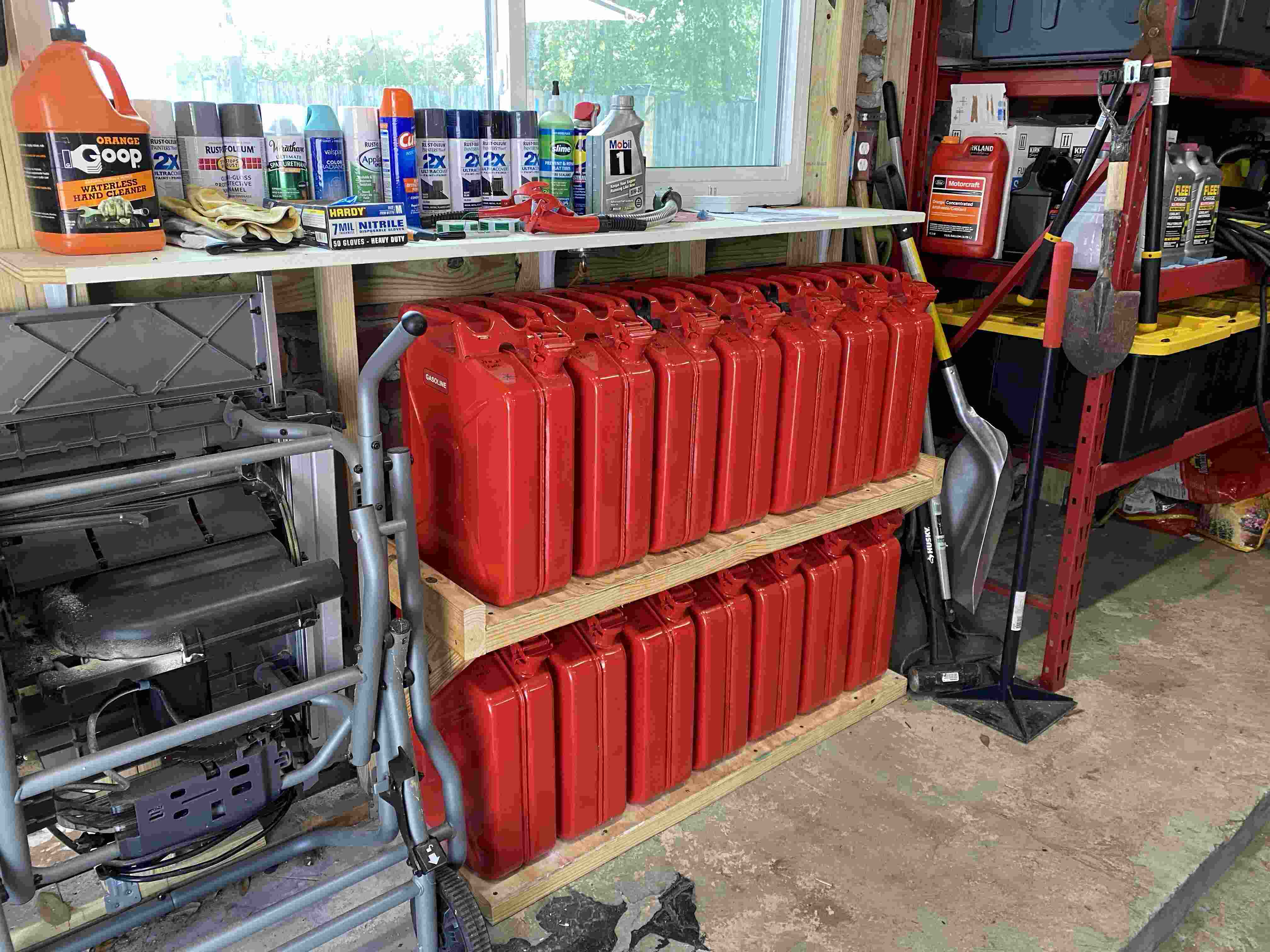


0 thoughts on “How To Store Kayak In Garage”